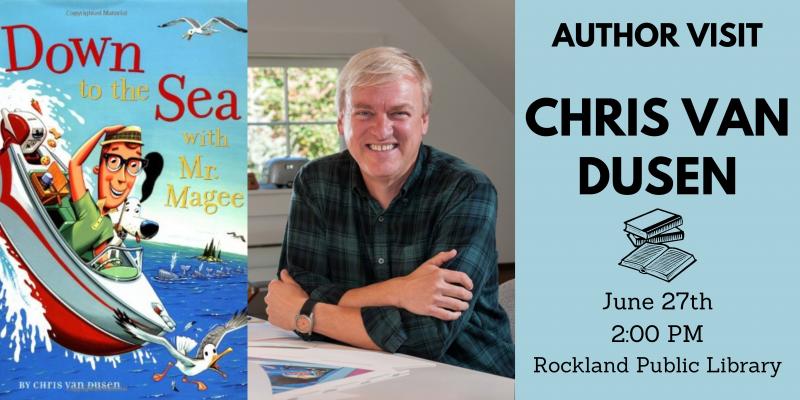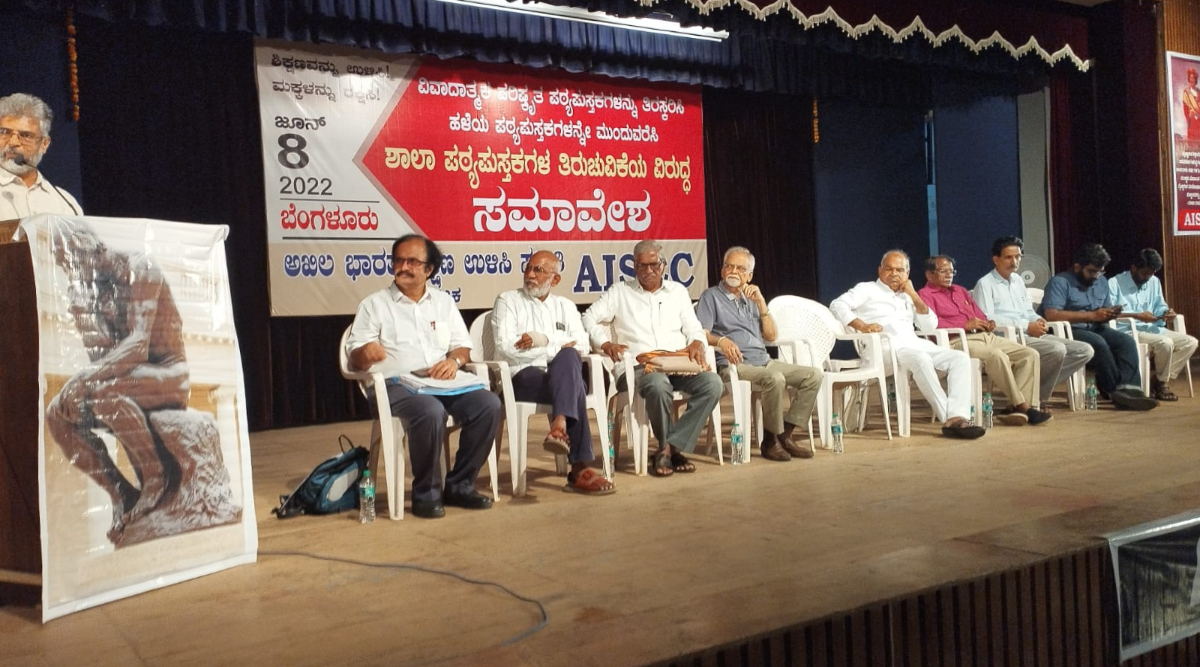Until cinema and television, nothing attracted Americans more than the arrival of the circus in town. “For more than a century, popular mass entertainment in the United States was the circus,” says historian Les Standiford, “and it has become a reflection of the American experience itself.” He spoke to Monitor correspondent Randy Dotinga about his book “Battle for the Big Top: PT Barnum, James Bailey, John Ringling, and the Death-Defying Saga of the American Circusâ€.
What did the circus mean to Americans?
At the start of the westward expansion, the circus followed the pioneers who opened the border. When people stopped struggling and clearing and trying to build the property, they went to the circus that popped up every summer. The circus reminded people … that they could transcend their limits. You would turn to your neighbor after watching acrobatics or some guy putting his head in a lion’s mouth and say, “Did that happen?” ”
At the simplest level, it was this incredible diversion, like we don’t have anymore. But in a deeper sense, it was an exercise in possibility.
Did people really run away and join the circus?
Of course, most people haven’t. But it was really part of popular mythology, even as a kid growing up in the small town of Cambridge, Ohio, just emerging from the Depression. The idea was that if you are too beaten up and depressed, and you don’t like your life, you can always run away and join the circus. He represented possibility, glamor, accomplishment and exoticism.
Who were the big players?
The growth of the rail system in America has allowed circuses to get really big. It got to the point where there were six or seven circuses that really dominated. Then PT Barnum and James Bailey joined in [in 1881] to create “The Greatest Show on Earth,†which required the movement of 1,000 people from place to place. They ruled until the Ringling Bros., seven upstarts from Baraboo, Wisconsin, fell in love with the circus world and got better. They were on the verge of bankrupting Barnum and Bailey in the early 1890s.
What do you think of Barnum, who fooled people with fake exposures?
His idea was, “If I give you good value for money, then how’s this flimflammery going?” The question of whether something is real or not was secondary. For him, “Is it entertaining? Was the main question.
Can you put the dark sides of the circus, like animal abuse, into perspective?
We now understand what we should have done differently. Of course, no one is campaigning for elephants to return to work in the circus. However, there is little evidence of serious animal abuse. Of course, you can safely say that animals were never meant to be in the circus, or zoos for that matter.
What about the “monsters�
Someone asked the little thumb [a famous 19th-century dwarf performer] if he felt that PT Barnum was exploiting him. He laughed and said his parents locked him in a back room out of shame. As a performer, he met the crowned heads of state of Europe and built a mansion not only for himself but also for his family. He had a life he never could have had otherwise. [In some cases] being in the world as an artist was far better than being locked up and kept out of society.
What legacy has the circus left us?
I think of the Ringling Bros. They were just ordinary children, poor as church mice, and what they saw at the circus inspired them to do this impossible thing: not only did they build a circus, but they became the face of the circus in the United States. This is what must be remembered. The circus grew up as a reflection of the American dream that anything is possible if you work hard enough.
 Zoo Book Sales
Zoo Book Sales



